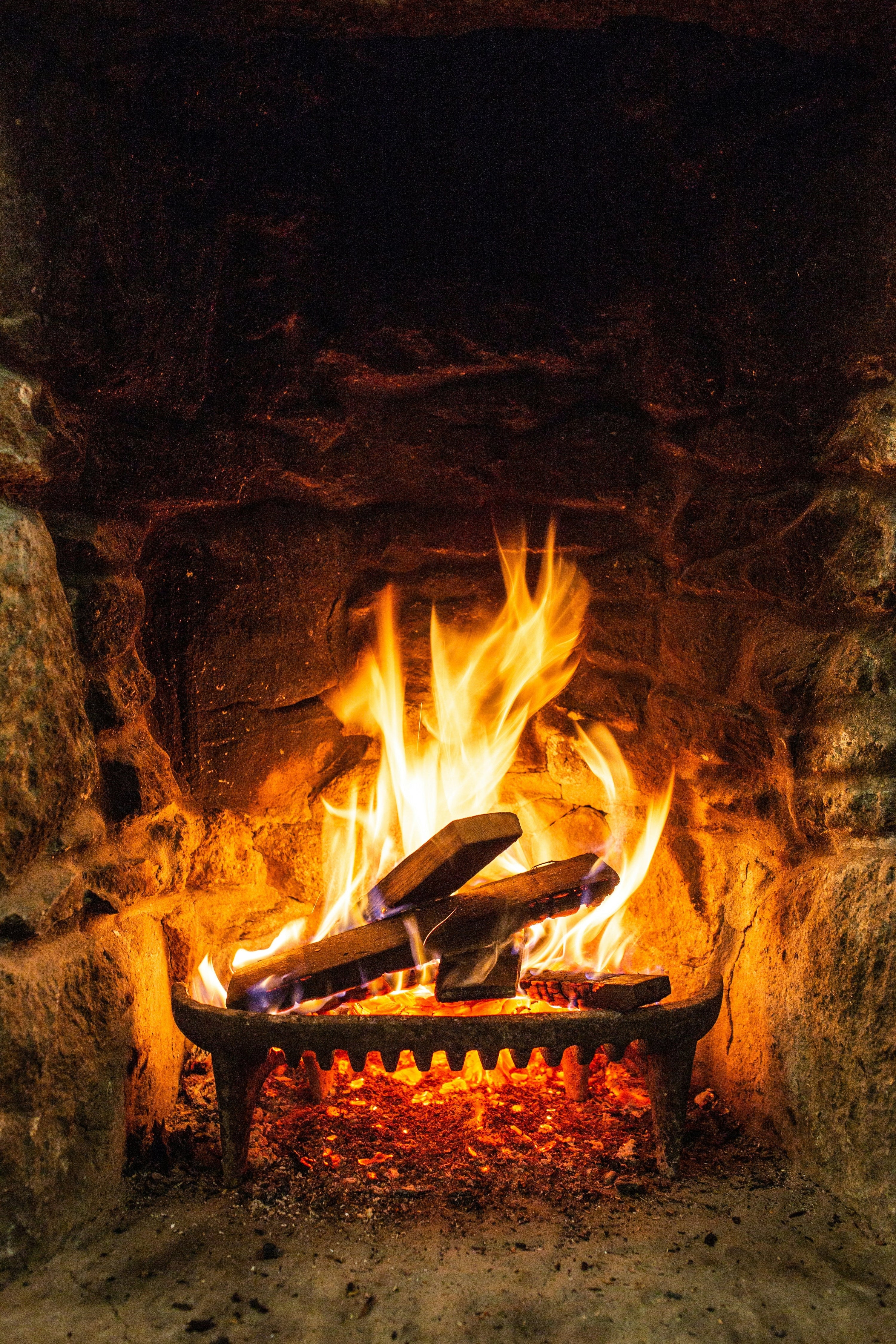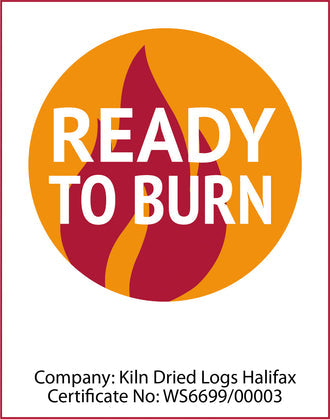
Can You Burn Pallet Wood in a Log Burner? Explore the Truth
Can You Burn Pallet Wood in a Log Burner? Explore the Truth
Many homeowners looking to fuel their log burners wonder whether they can you burn pallet wood in a log burner as an economical heating solution. With pallets readily available and often discarded, this question arises frequently among those seeking cost-effective fuel options. However, burning pallet wood in log burners involves significant safety considerations that every homeowner must understand before making this decision.
The practice of using pallet wood as fuel has gained attention due to rising heating costs and the abundance of discarded pallets. While the idea of repurposing waste wood seems environmentally conscious and budget-friendly, the reality involves complex safety factors that could potentially harm both your health and your heating equipment. Understanding these considerations is essential for making informed decisions about your log burner fuel choices.

Can You Burn Pallet Wood in a Log Burner?
The straightforward answer to whether you can burn pallet wood in a log burner is that it depends entirely on the type of pallet wood and its treatment history. While technically possible, burning pallet wood presents significant risks that make it inadvisable for most homeowners. The primary concern centers around the chemical treatments applied to many pallets during manufacturing and their use in industrial settings.
Pallet wood falls into different categories based on treatment methods and intended use. Heat-treated pallets, marked with "HT" stamps, undergo high-temperature treatment without chemical preservatives, making them potentially safer for burning. However, chemically treated pallets contain preservatives, pesticides, or fungicides that release toxic fumes when burned, creating serious health hazards and potentially damaging your log burner's internal components.
The international standards for pallet treatment include methyl bromide fumigation, marked as "MB," which leaves chemical residues that become extremely dangerous when combusted. These chemicals can produce carcinogenic compounds and other harmful substances that pose immediate and long-term health risks to anyone exposed to the smoke. Additionally, pallets used in industrial or commercial settings may absorb oils, chemicals, or other substances that compound these safety concerns.
Professional heating experts and safety organizations consistently advise against burning pallet wood in residential log burners due to these unpredictable variables. The potential for chemical contamination, combined with the difficulty in determining a pallet's complete treatment and usage history, makes this practice inherently risky for home heating applications.
Understanding Pallet Wood Types and Treatments
Pallet construction involves various wood species and treatment methods designed to meet international shipping and storage requirements. The most common treatments include heat treatment, chemical preservation, and fumigation processes, each leaving different residues and safety implications for potential burning.
Heat-treated pallets undergo controlled heating to eliminate pests and pathogens without chemical additives. These pallets receive "HT" stamps indicating compliance with international standards for heat treatment. While this process doesn't introduce chemical preservatives, the high temperatures used can alter wood structure and potentially create compounds that affect burning characteristics and smoke production.
Chemical treatments represent the most significant safety concern for log burner use. These processes involve applying preservatives, pesticides, or fungicides to prevent decay, pest infestation, and moisture damage during shipping and storage. Common chemical treatments include copper-based compounds, chromated copper arsenate, and various synthetic preservatives that create toxic fumes when burned.
Methyl bromide fumigation, marked with "MB" stamps, involves exposing pallets to this ozone-depleting chemical to eliminate pests. Residues from this treatment remain in the wood and release highly toxic compounds when combusted, making these pallets extremely dangerous for burning in any residential setting.
Beyond treatment considerations, pallets used in industrial settings often absorb oils, solvents, paints, and other chemicals from transported goods. These absorbed substances create additional contamination risks that are impossible to detect visually, making it difficult to assess the true safety of any used pallet wood.
Safety Concerns and Health Risks
Burning pallet wood in log burners presents multiple safety concerns that extend beyond immediate fire hazards to include serious health risks and potential equipment damage. The primary danger stems from toxic fume production when treated wood burns, releasing compounds that can cause both acute and chronic health problems.
Chemical preservatives used in pallet treatments break down under heat to form carcinogenic compounds, including formaldehyde, arsenic compounds, and various volatile organic compounds. These substances can cause immediate symptoms such as respiratory irritation, headaches, and nausea, while long-term exposure increases risks of cancer and other serious health conditions.
The combustion of treated pallet wood also produces highly corrosive compounds that can damage log burner components, chimney linings, and flue systems. These corrosive substances accelerate wear on metal components and can create costly repair needs that far exceed any savings from using free pallet wood as fuel.
Indoor air quality suffers significantly when contaminated wood burns, as toxic compounds can enter living spaces through normal draft patterns and equipment leaks. This contamination affects all occupants and can be particularly dangerous for children, elderly individuals, and those with respiratory conditions or compromised immune systems.
Environmental concerns also arise from burning treated pallet wood, as toxic emissions contribute to air pollution and can affect neighboring properties. Many localities have regulations prohibiting the burning of treated wood materials specifically due to these environmental and public health impacts.

How Long Can You Burn Pallet Wood in a Log Burner
The question of how long can you burn pallet wood in a log burner involves multiple factors beyond simple burn duration, including safety exposure limits and equipment protection considerations. Even if pallet wood were safe to burn, which it typically isn't, the burning characteristics differ significantly from proper firewood.
Pallet wood generally burns faster than seasoned hardwood due to its construction methods and wood species selection. Most pallets use softwoods or low-density hardwoods that ignite quickly but provide less sustained heat output compared to premium kiln-dried hardwoods like oak, ash, or beech. This rapid burning means more frequent refueling and potentially higher overall fuel consumption.
The irregular sizes and shapes of pallet wood components create inefficient burning patterns that don't optimize heat output or maintain consistent temperatures. Pallet boards are typically thin and may contain nails, staples, or other metal hardware that can damage log burner components and create safety hazards during burning.
From a safety perspective, any duration of burning treated pallet wood exposes occupants to toxic fumes and creates cumulative health risks. There is no "safe" exposure limit for many of the chemicals released when treated wood burns, making even short-term use potentially harmful.
Professional heating specialists recommend avoiding pallet wood entirely rather than attempting to determine safe burning durations. The unpredictable nature of pallet treatments and contamination makes it impossible to establish safe usage guidelines that protect both health and equipment.
Proper Alternatives to Pallet Wood
Instead of risking the dangers associated with pallet wood, homeowners should invest in properly prepared firewood that ensures safe, efficient, and clean burning. Premium kiln-dried logs offer superior performance while eliminating the health and safety risks associated with treated pallet wood.
Kiln-dried hardwood logs provide the ideal fuel for log burners, offering high heat output, low moisture content, and clean burning characteristics. Species such as oak, birch, beech, ash, sycamore, and chestnut deliver excellent heating efficiency while producing minimal smoke and creosote buildup. The controlled drying process reduces moisture content below 20 percent, ensuring easy ignition and optimal combustion efficiency.
Seasoned softwood logs, including larch and spruce varieties, offer excellent kindling properties and can supplement hardwood fuel for efficient fire starting. These sustainably sourced materials undergo proper preparation processes that eliminate concerns about chemical treatments or contamination.
The investment in quality firewood pays dividends through improved heating efficiency, reduced equipment maintenance, and elimination of health risks. For guidance on selecting optimal fuel for your heating needs, explore our comprehensive guide on what is the best firewood to burn and discover the best wood for log burners.
Quality fire-starting materials, including natural wood wool firelighters and premium fire lighters, complement proper firewood selection by ensuring reliable ignition without chemical additives or toxic fumes. These products take the effort out of fire lighting while maintaining safety standards.
Best Practices for Log Burner Fuel Selection
Selecting appropriate fuel for log burners requires understanding moisture content, wood species characteristics, and proper storage methods to ensure optimal performance and safety. The fundamental principle involves using only properly seasoned or kiln-dried wood from reputable sources that can verify treatment history and preparation methods.
Moisture content represents the most critical factor in firewood selection, with properly dried wood containing less than 20 percent moisture by weight. High moisture content reduces heat output, increases smoke production, and contributes to creosote buildup that creates fire hazards and reduces equipment efficiency.
Wood species selection impacts both heat output and burning characteristics, with dense hardwoods providing superior heat production and longer burn times compared to softwoods. Mixed hardwood combinations offer balanced performance for most residential heating applications while ensuring consistent fuel supply and cost-effectiveness.
Proper storage maintains fuel quality and prevents moisture reabsorption that can compromise burning performance. Covered storage areas with adequate ventilation preserve fuel condition while protecting investment in quality firewood supplies. For comprehensive storage guidance, learn how to choose a log store and stack logs effectively.
Regular equipment maintenance, including chimney cleaning and inspection, ensures optimal performance regardless of fuel selection. However, using proper firewood reduces maintenance requirements and extends equipment lifespan compared to burning inappropriate materials like pallet wood.
Environmental and Economic Considerations
The environmental impact of fuel choices extends beyond immediate burning effects to include sourcing sustainability, transportation efficiency, and long-term ecological consequences. Premium kiln-dried firewood from sustainable forestry operations supports responsible forest management while providing renewable heating fuel.
Sustainable wood harvesting practices ensure forest regeneration and biodiversity preservation while meeting heating fuel demands. Certified suppliers implement sustainable sourcing policies that balance economic needs with environmental stewardship, creating long-term benefits for both consumers and ecosystems. Understanding the environmental benefits of kiln-dried logs helps homeowners make responsible heating choices.
Economic analysis reveals that quality firewood provides superior value despite higher upfront costs compared to free pallet wood. The combination of higher heat output, reduced equipment maintenance, eliminated health risks, and improved safety creates total cost advantages that justify the investment in proper fuel.
Transportation efficiency in firewood delivery reduces carbon footprint while ensuring convenient fuel supply. Professional suppliers optimize delivery routes and packaging methods to minimize environmental impact while providing reliable service to customers.
The biomass energy used in kiln-drying processes often comes from renewable sources, including wood waste and agricultural residues, creating closed-loop systems that minimize environmental impact while producing superior fuel products.
Conclusion
While the question "can you burn pallet wood in a log burner" might seem simple, the answer involves complex safety, health, and performance considerations that make this practice inadvisable for residential heating applications. The risks associated with chemical treatments, unknown contamination, and toxic fume production far outweigh any potential cost savings from using free pallet wood.
Professional heating experts consistently recommend investing in quality kiln-dried firewood that ensures safe, efficient, and clean burning while protecting both health and equipment. Premium hardwood logs offer superior heat output, reliable performance, and peace of mind that comes from knowing your fuel source meets safety standards and performance expectations.
The long-term benefits of proper fuel selection include reduced equipment maintenance, improved indoor air quality, enhanced heating efficiency, and elimination of serious health risks associated with burning treated wood materials. These advantages justify the investment in quality firewood while supporting sustainable forestry practices and responsible heating solutions.
Making informed decisions about log burner fuel protects your family's health, preserves your heating equipment, and contributes to environmental stewardship through responsible fuel sourcing and consumption practices.
Share
